Accordingly, the management units have inspected and reviewed the entire water supply system and water collection tanks; checked the trash filters, treated the main tanks, inspected the pipeline system, tanks and auxiliary items to promptly repair damage, avoid blockage or pipeline breakage when floods occur.
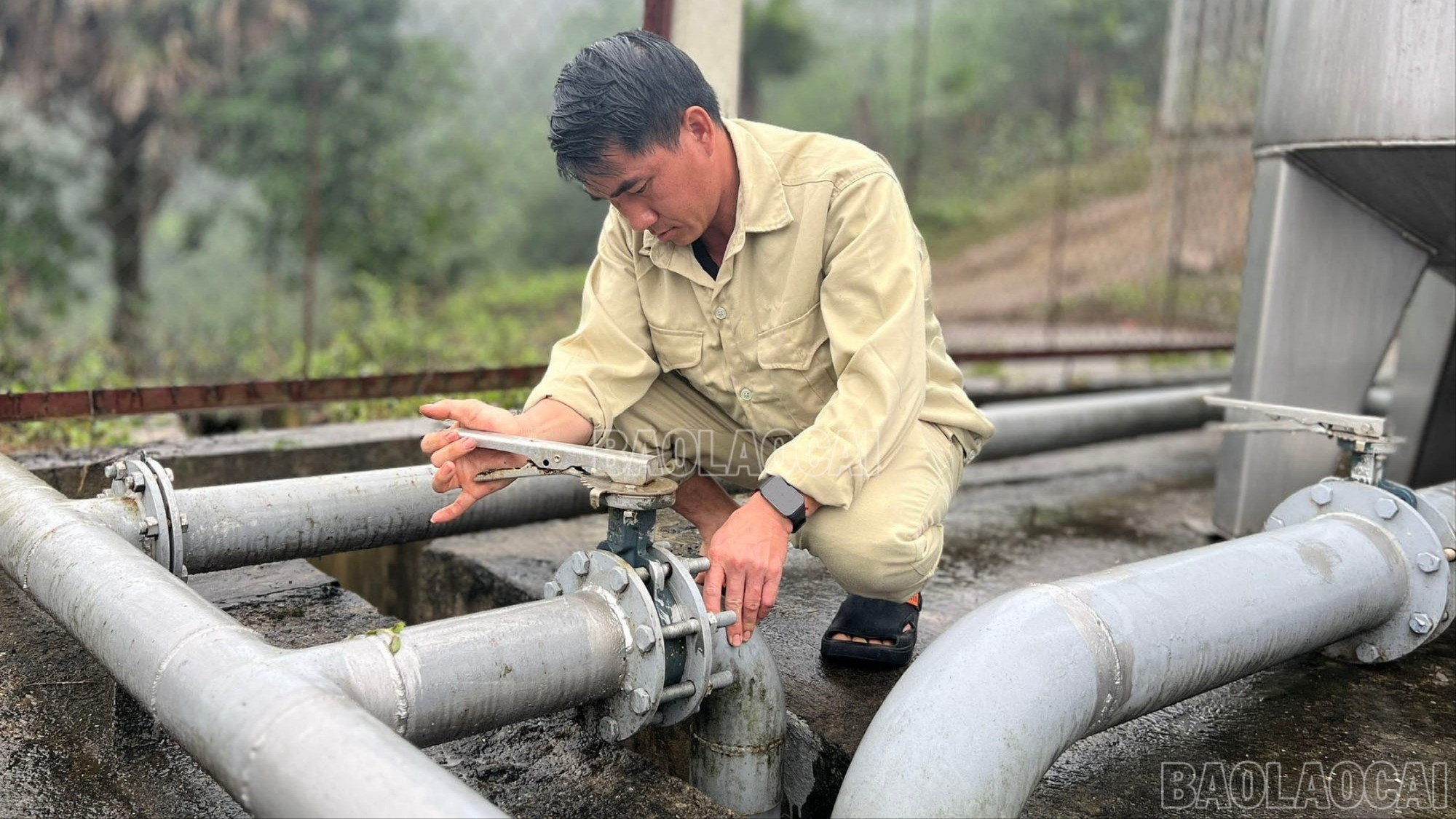
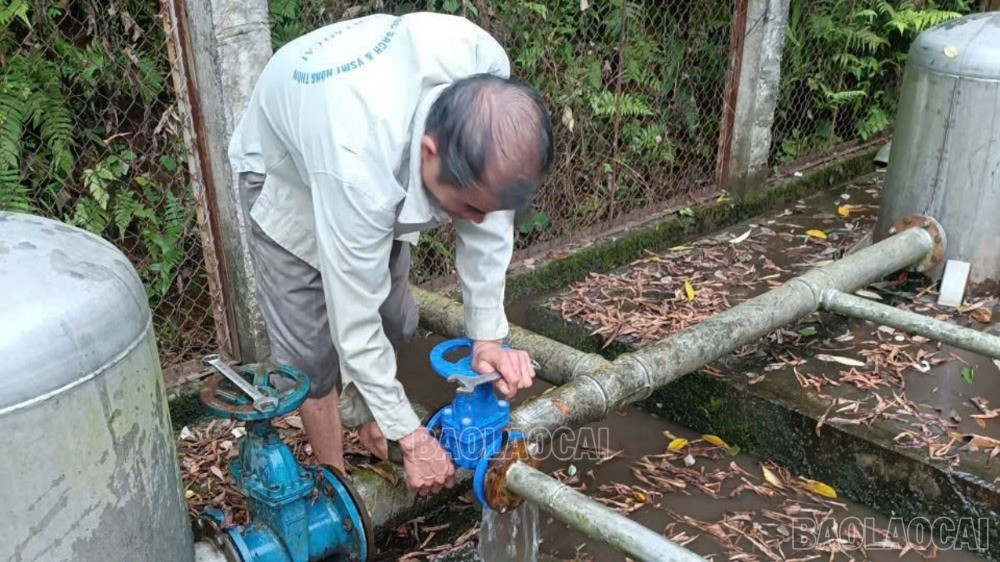
Along with that, pumping stations are cleaned, repaired, and electrical equipment and pumps are covered to ensure safe operation in bad weather conditions.
Technical staff are on duty 24/7 during peak flood season to monitor weather developments and be ready to respond to emergencies, especially when floodwaters rise or muddy water flows back to the source.
Water treatment and filtration are given priority as soon as signs of pollution are detected, to ensure the quality of water supplied to people.
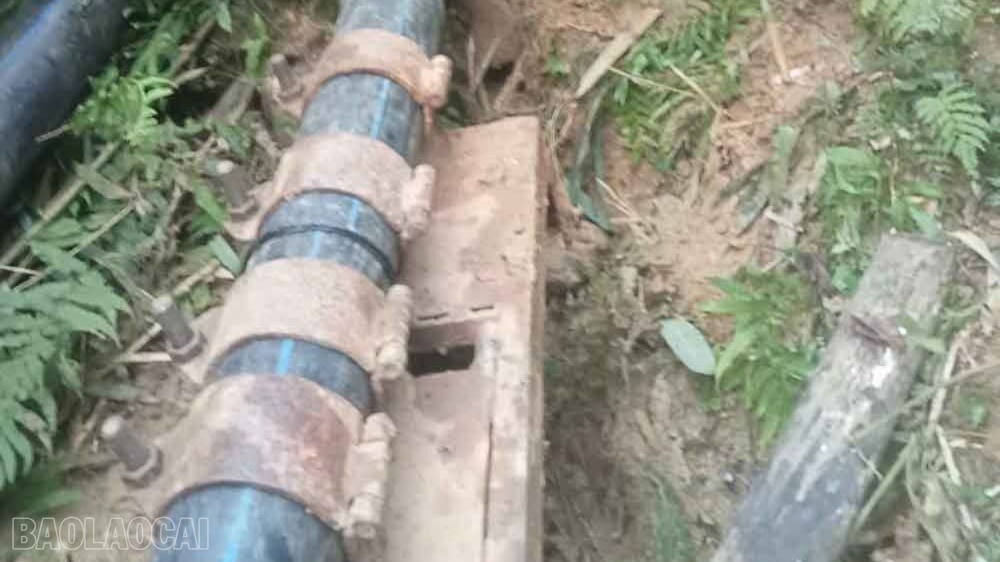
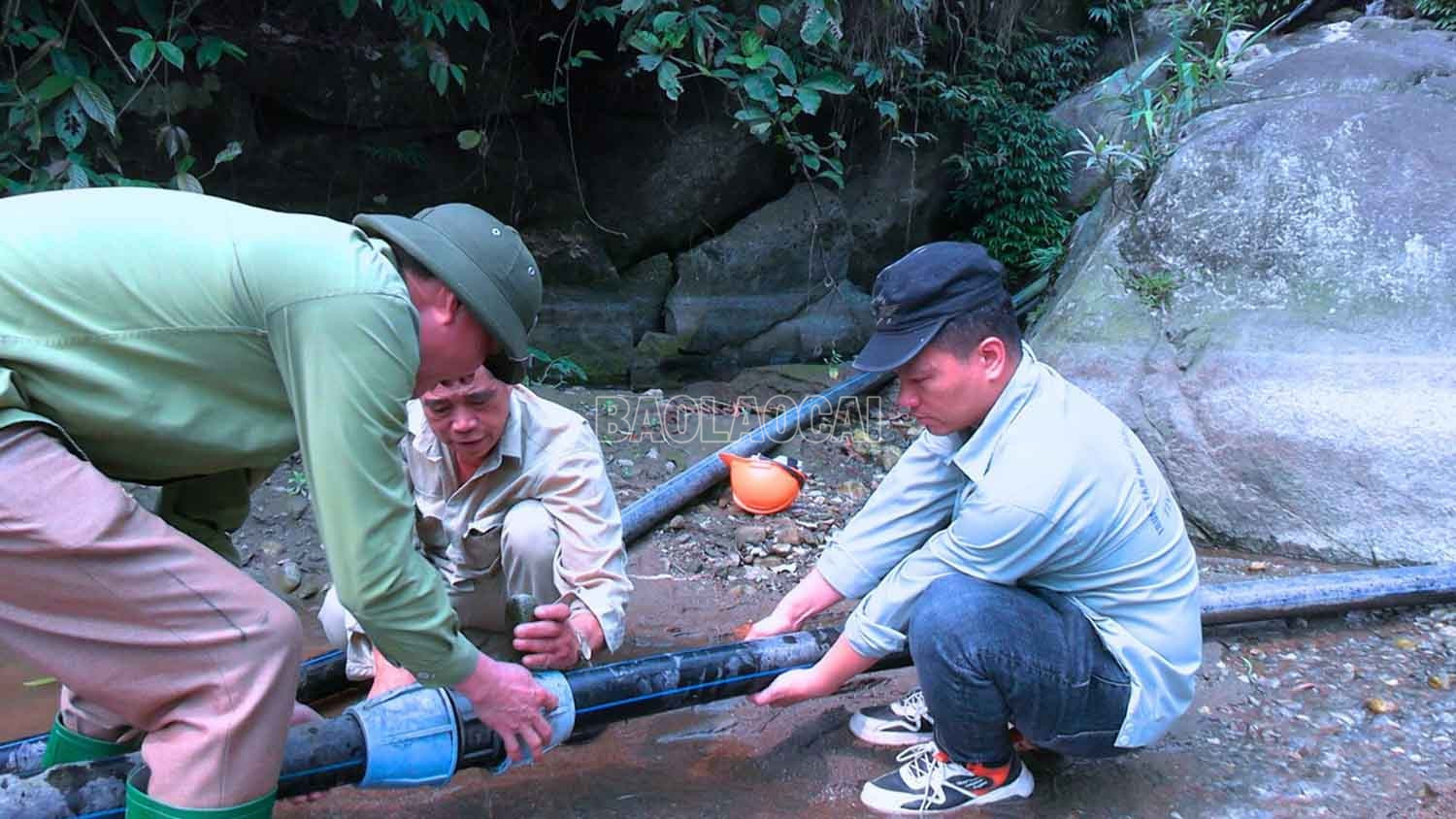
Currently, the whole province has 1,188 rural water supply works, providing domestic water for more than 102 thousand households, of which some works are directly managed by the Provincial Agricultural Extension and Agricultural Services Center, while the majority are operated and maintained by communes.
The projects are mainly built in mountainous and upstream areas, so they are often affected by floods and landslides, so disaster prevention and control work is always a top priority.
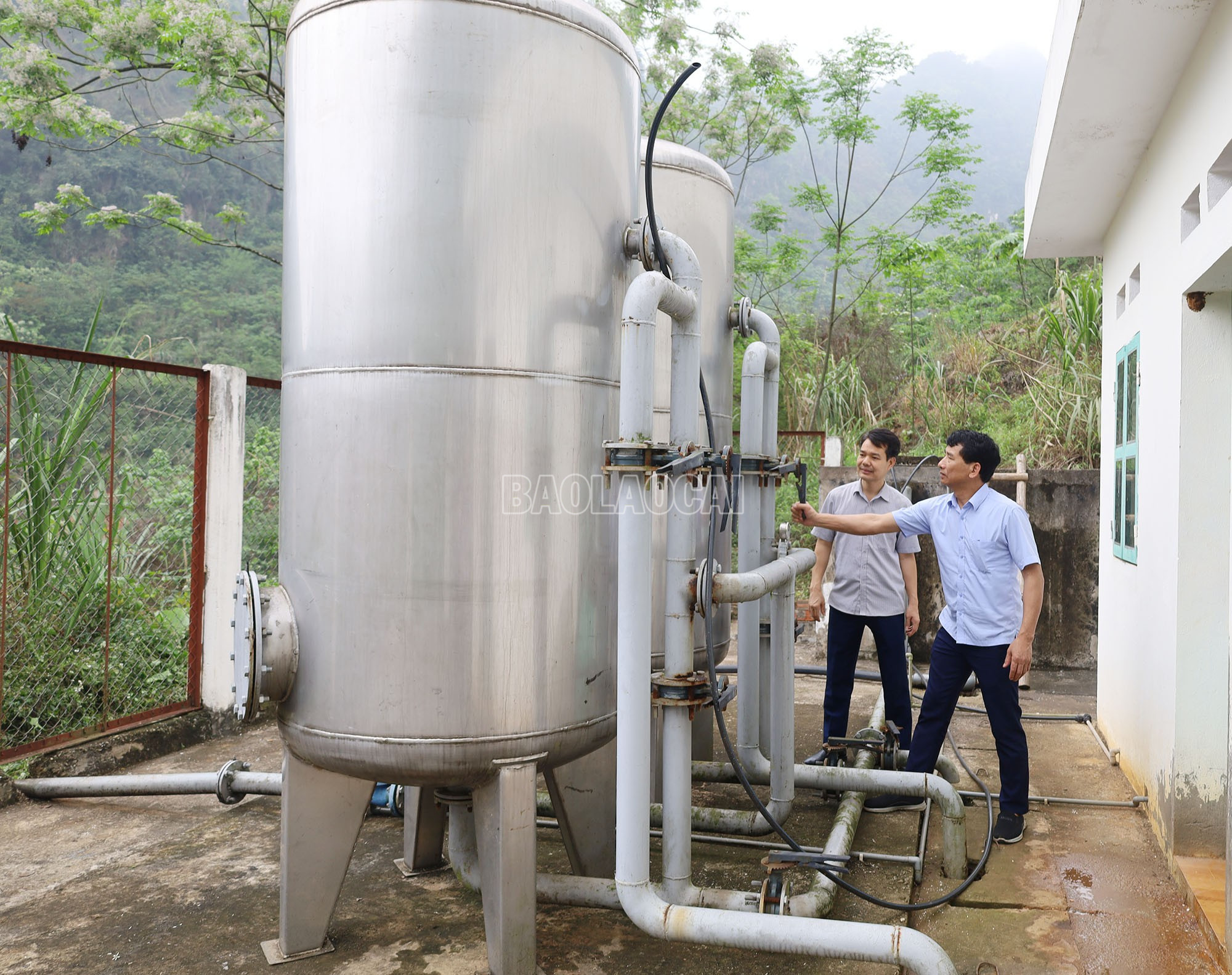
Along with implementing construction protection plans, management units also closely coordinate with local authorities to promptly notify people about water supply plans, instruct households to use economically, and proactively store clean water when there is prolonged heavy rain.
Proactively implementing disaster response plans not only helps minimize damage to infrastructure, but also contributes to ensuring the safety of domestic water sources and stabilizing the lives of tens of thousands of rural households during the flood season.
Source: https://baolaocai.vn/chu-dong-ung-pho-mua-lu-tai-cac-cong-trinh-cap-nuoc-nong-thon-post883812.html



![[Photo] Opening of the 13th Conference of the 13th Party Central Committee](https://vphoto.vietnam.vn/thumb/1200x675/vietnam/resource/IMAGE/2025/10/6/d4b269e6c4b64696af775925cb608560)




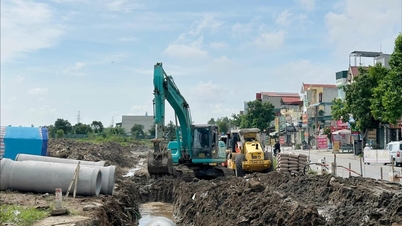

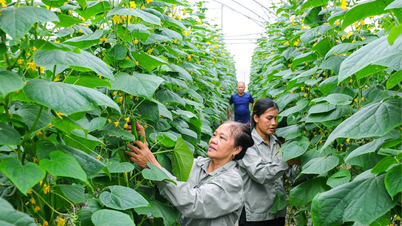
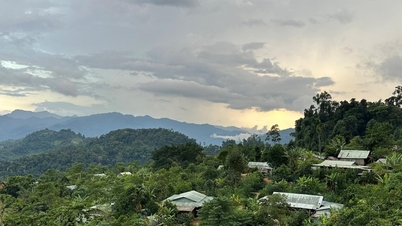

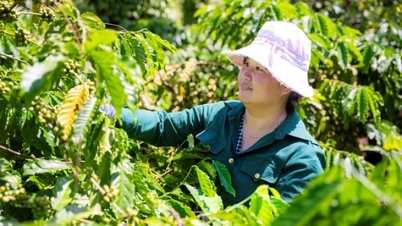

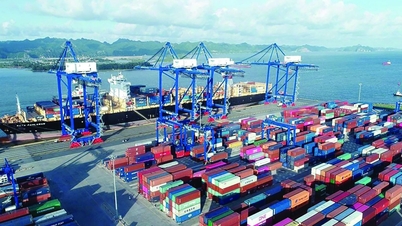
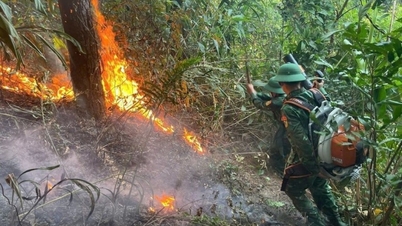




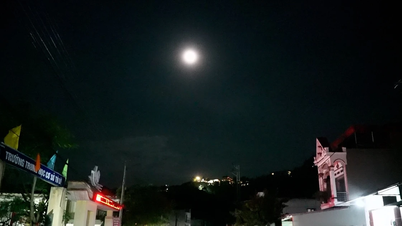


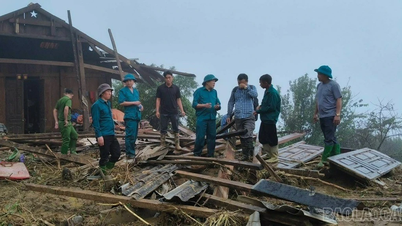
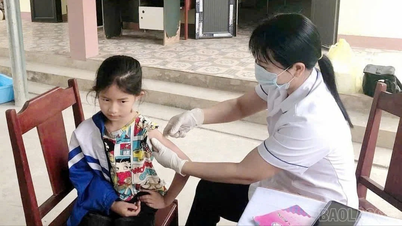
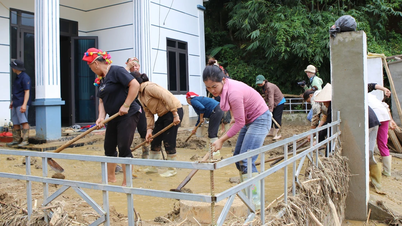































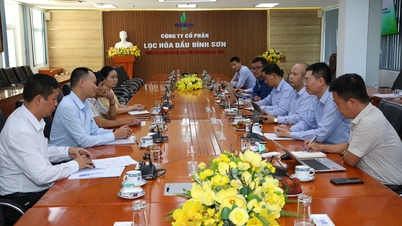









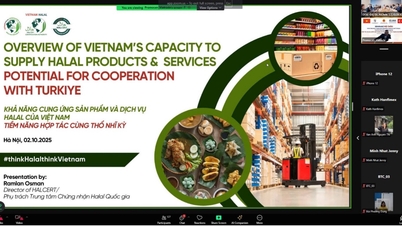



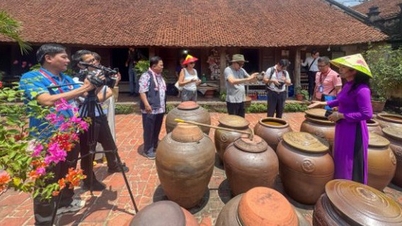

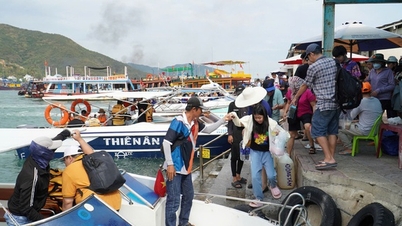
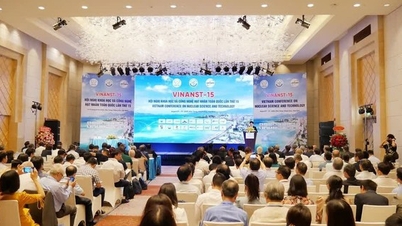

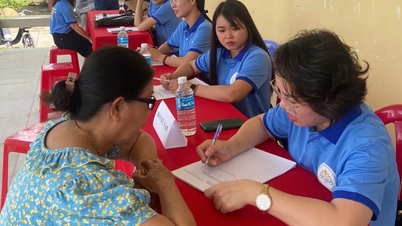





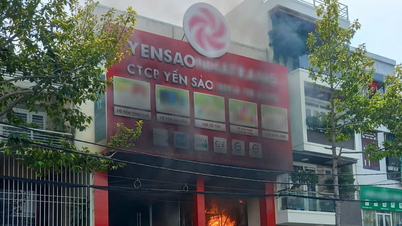













Comment (0)